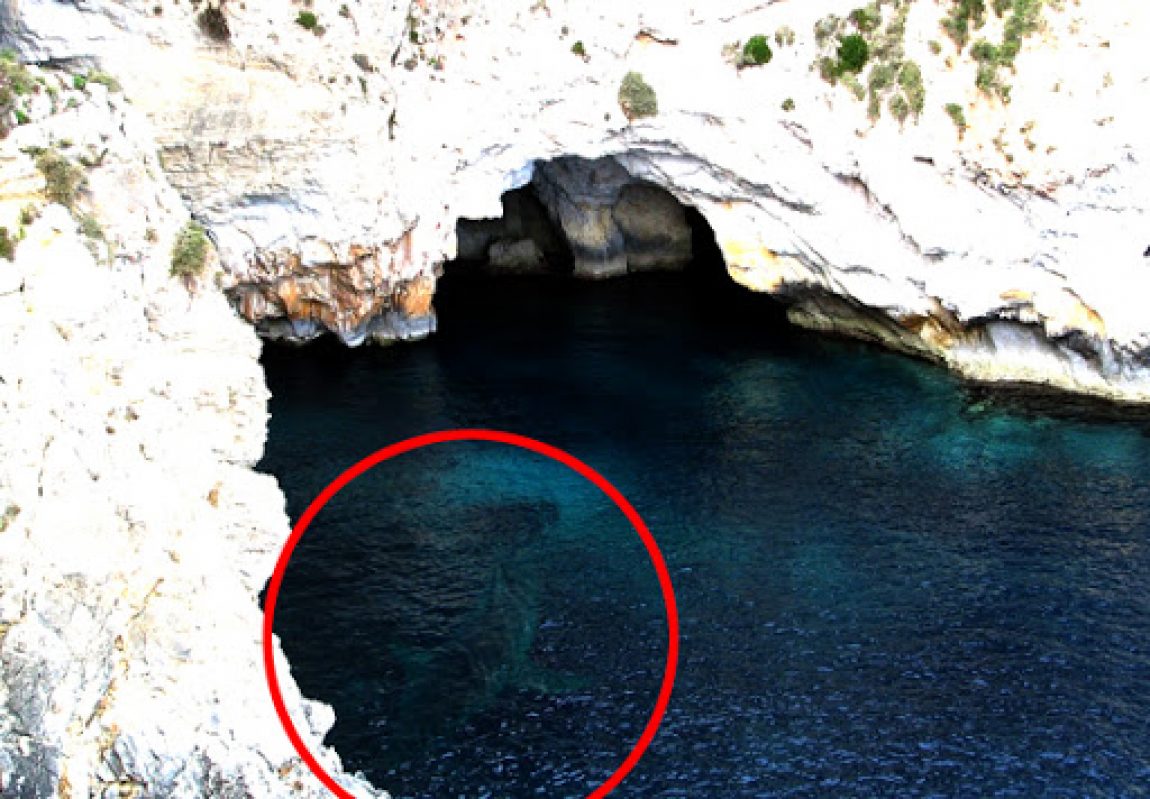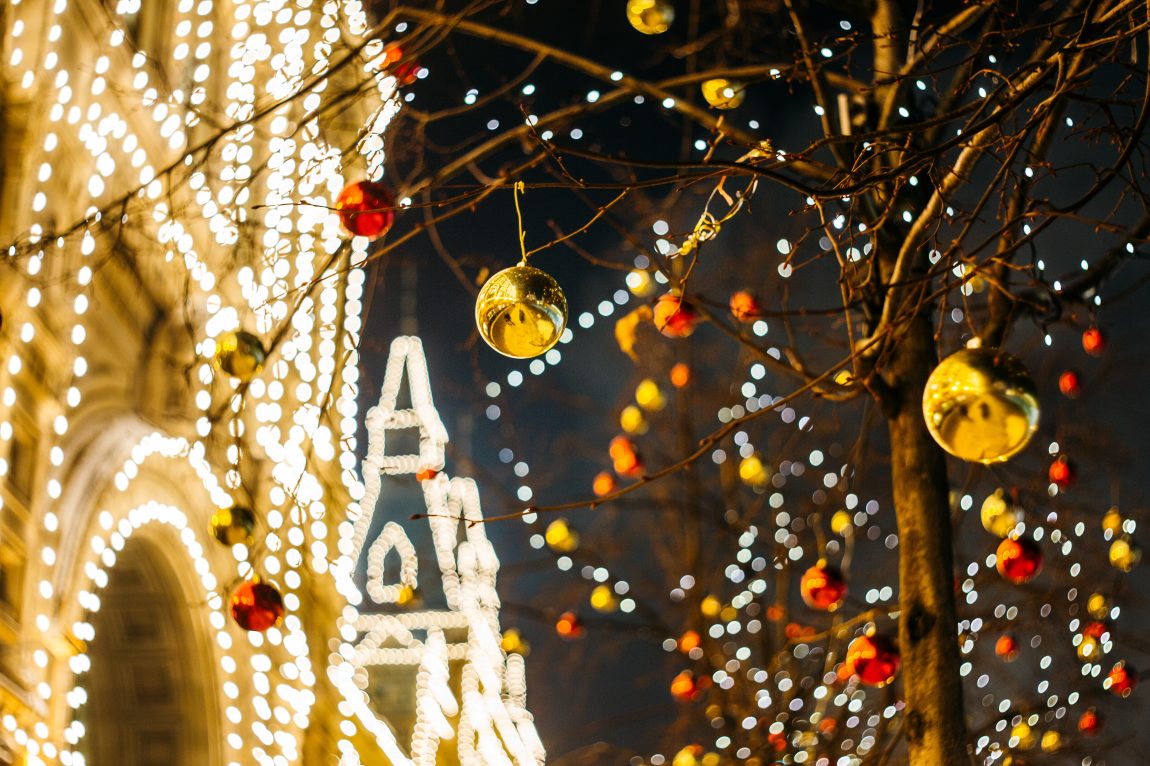Malta: A Tale of Two Sieges III
Malta: A Tale of Two Sieges III
The First Assaults of St Michael and St Angelo.
In our previous articles documenting the two Sieges which best define Malta’s historical importance in the clash of empires and resilience of its people, we started by looking at the Great Siege of 1565, with the tenacious defense and then fall of Fort St Elmo. The January article examined the events between this fall and the resumption of attacks against the remaining defenses. We now look at the next stage of the siege- the attack of Fort St Michael and Senglea.
Mustapha Pasha now decided to strike Fort St Michael and Senglea, since after Fort St Elmo it was the weakest point in the defences. Once St Michael fell, the Ottaman’s could devote the entire strength of his army and Piala’s navy to win the siege. In early July a large-scale attack had begun on St Michael. Some seventy guns mounted on Sciberras, Gallows Point towards the entrance of Grand Harbour, Mount Salvatore and the Corradino heights opened a devastating bombardment of St Michael, St Angelo and the suburbs of Birgu and Senglea.
Dragut Rais’s Son in Law and Viceroy of Algiers, Hassem, joined Mustapha Pasha, a few few days before the initial attack on Senglea and determined to better Mustapha’s effort against Fort St Elmo which he believed lacked the necessary dash and fire to have achieved a quick victory. He volunteered to lead the first assault against St Michael and Senglea from the land, while his Lieutenant Candèlissa, would lead the seaborn attack. Mustapha was all too happy to teach this young upstart just how fierce was the resistance of the knights and their troops. Just after dawn the ships under Candèllisa crept up to Marsa and Hassem launched a ferocious landward attack. Ahead of the fleet went three boats which holding Imams who called for Jehad (Holy War). Further behind came boatloads of Moslem chiefs, Turks and Algerians dressed in silks and ornamented in rich jewellery of gold and silver.
As the first wave of boats approached the palisade, they increased the speed of the oars to ram through it, but the Maltese had done their job well. Weighed down with soldiers, the boats remained motionless in Grand Harbour close to the walls of St Michael, making them easy targets for the defender’s musketeers on the walls of St Michael who opened a deadly fire. The attackers abandoned their boats and made for shore holding their shields above their heads to protect themselves from the bullets and incendiaries. Two guns on the walls could have ended the attack at that point, however either due to the death of the gunners or the disablement of the guns this did not happen and Candèlissa’s troops left their dead and dying companions floating in the water and made a move on the bastion walls. At that very same moment Hassem and his force attacked the Landward wall. Without waiting for breaches in the walls to open, the Algerians flew at them in a wild screaming rush and attempted to ascend the wall with ladders. A massacre followed of incredible proportion. Canon fire tore great holes in their numbers, yet still they advanced and with such an ardour that soon their banners could be seen atop the parapets. Moslem and Christian fought in close quaters on the walls in desperation. The fall of St Michael seemed imminent but the foresight of La Valette now bore fruit. He had a bridge of boats built across the lower creek area between Senglea and Birgu allowing for reinforcements from St Angelo to pass.
Just as Vallette sent these reinforcements, Mustapha launched his master stroke. He had kept back ten large boats carrying a thousand of the elite Janissaries ready to inject into the battle wherever and whenever it seemed critical. He gave the order and they immediately pushed off from Mount Sciberras and made directly for Senglea’s northern wall. Mustapha didn’t know that a five-gun battery was hidden at water level under the walls of St Angelo. Chevalier de Guiral, who commanded the battery could not believe that the enemy were going to attempt a landing right in front of his muzzles. Ball and Shrapnel Stormed across the water and before they even comprehended that they had been fired upon nine out of the ten boats were blown to pieces. The second salvo completed their ruin. Mustapha’s plan to win the day ended in seconds.
The attack on Senglea went on for five hours. Not even the scorching midday sun discouraged the attack, but finally when Hassem had sustained a loss of around 3,000 men, compared to a small 250 Christians, the attack was finally called off.
After the discouraging failure of the first assault on Senglea, Mustapha decided to proceed with more caution. He decided to continue bombarding the forts with canon fire to sap the morale of the defenders. Mustapha knew that he had to take Fort St Angelo and St Michael quickly or he would either be forced to winter in Malta or to abandon the campaign altogether. He also worried that a relief force would come and steal his victory. Mustapha, therefore, tried to entice the Maltese to switch their allegiance away from their knight overlords and join him, claiming that the Maltese had more in common with the Arabs than with the knights. But Malta’s devotion to the church was the rock upon which Mustapha’s plan had been dashed. To his statement he received the reply ‘The Maltese would rather be the slaves of St John than the companion of the Grand Turke’.
The next assault came on 2 August. It was by far the strongest that had yet taken place against both St Angelo and St Michael. Still after six hours of battle the Christians held out. On no fewer than five occasions the Turks were driven back, even after establishing themselves in breaches created from heavy artillery fire. Again, Mustapha was forced to reluctantly call a retreat and above Fort St Michael and St Angelo, the banners of the Knights still flew.
In next months article we’ll look at the culmination of this the most epic of sieges and the aftermath which saw Malta become the focal point of the courts of Europe.


